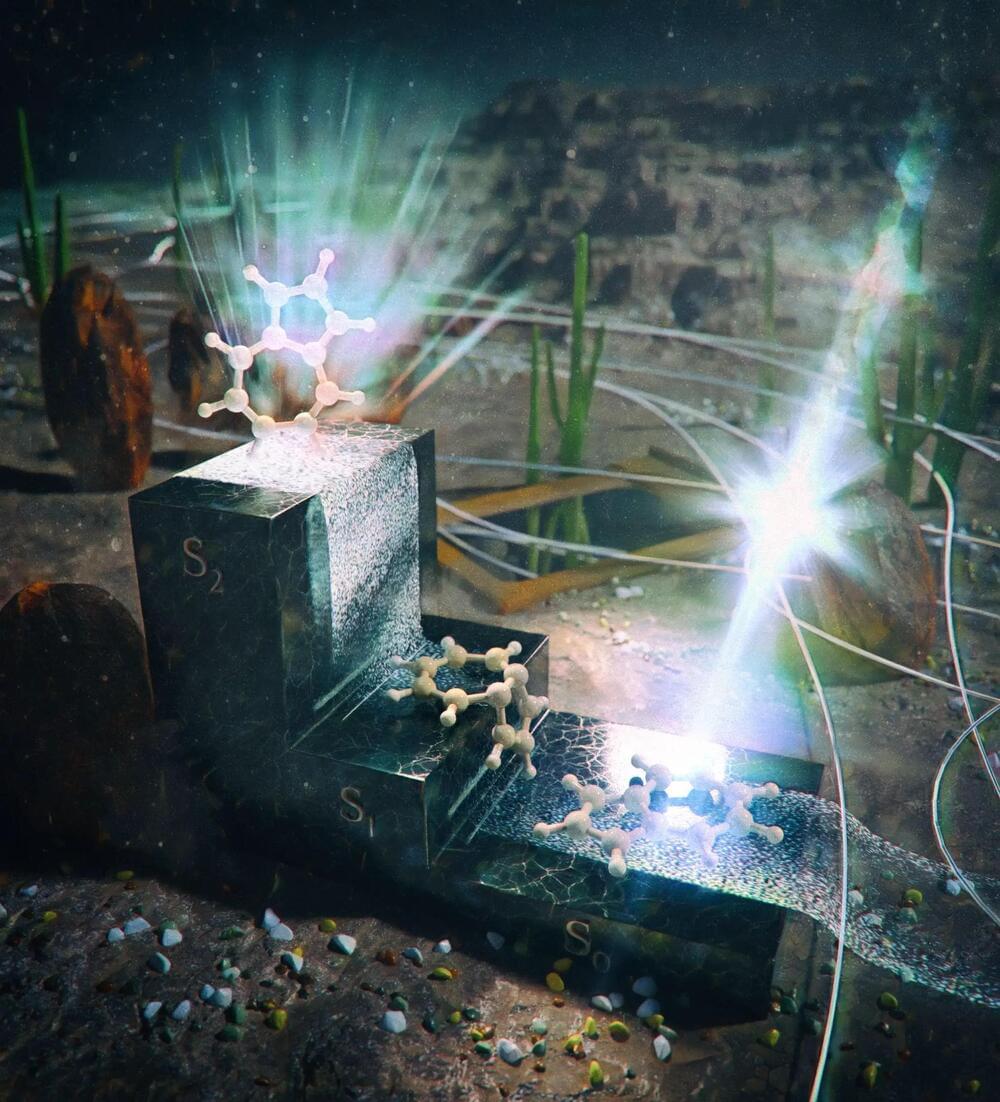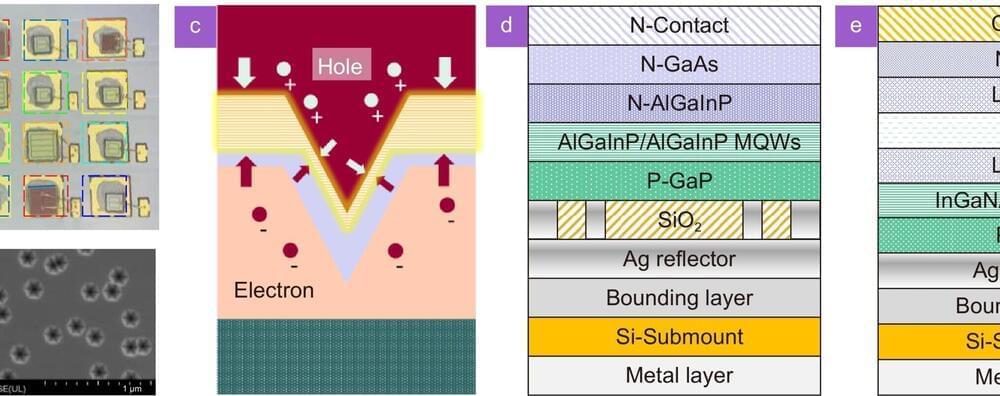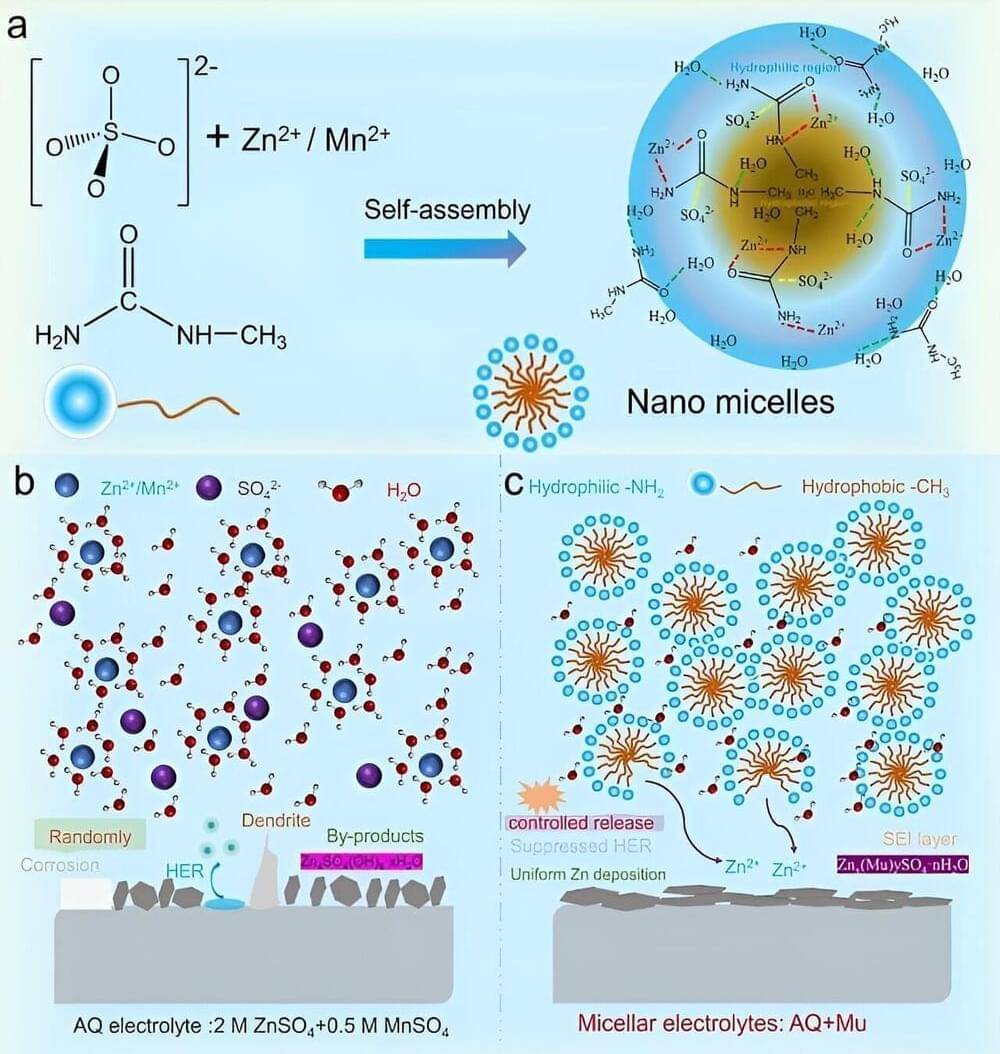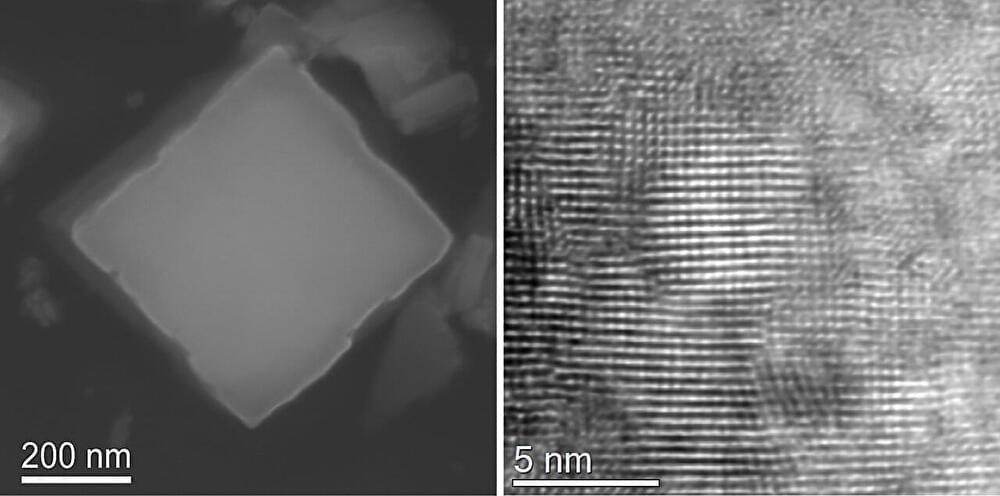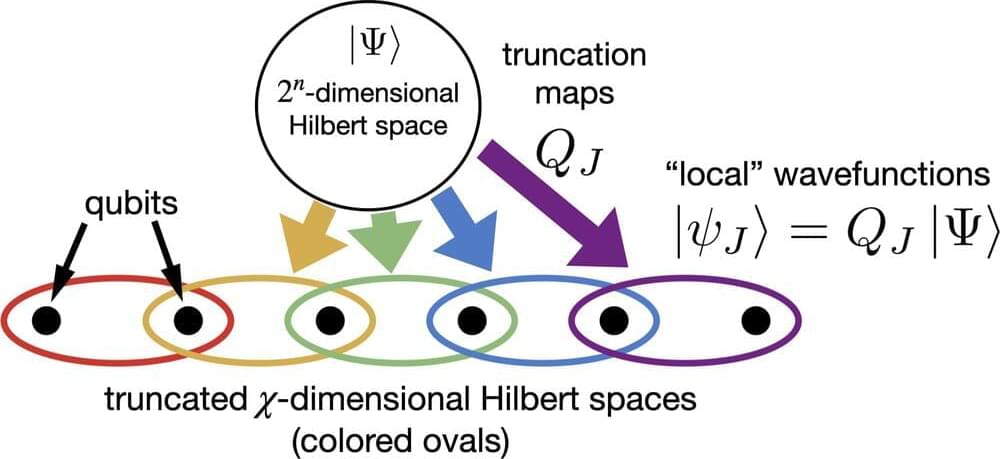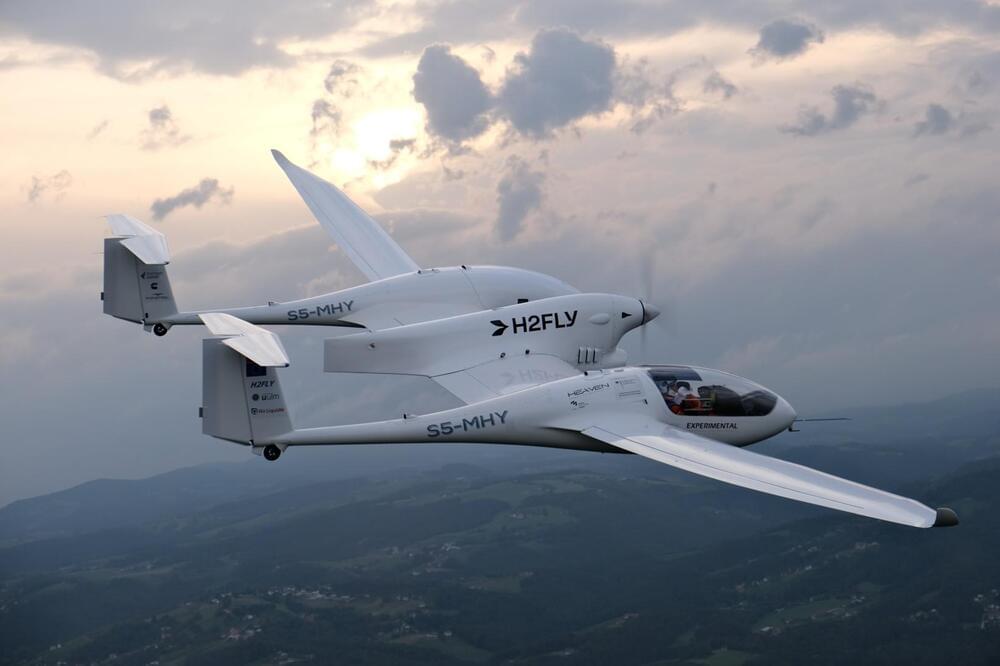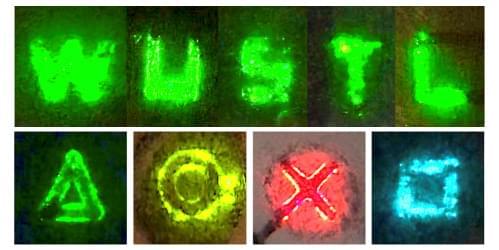Sep 22, 2023
Violating the Universal Kasha’s Rule — Scientists Uncover Secrets of a Mysterious Blue Molecule
Posted by Paul Battista in categories: chemistry, energy
Scientists from IOCB Prague are the first to describe the causes of the behavior of one of the fundamental aromatic molecules, azulene. This molecule has captivated the scientific community not just with its distinct blue hue, but also with its unique properties.
Their current undertaking will influence the foundations of organic chemistry in the years to come and in practice will help harness the maximum potential of captured light energy. Their findings were recently published in the Journal of the American Chemical Society (JACS).
Azulene has piqued the curiosity of chemists for many years. The question of why it is blue, despite there being no obvious reason for this, was answered almost fifty years ago by a scientist of global importance, who, coincidentally, had close ties with IOCB Prague, Prof. Josef Michl.
